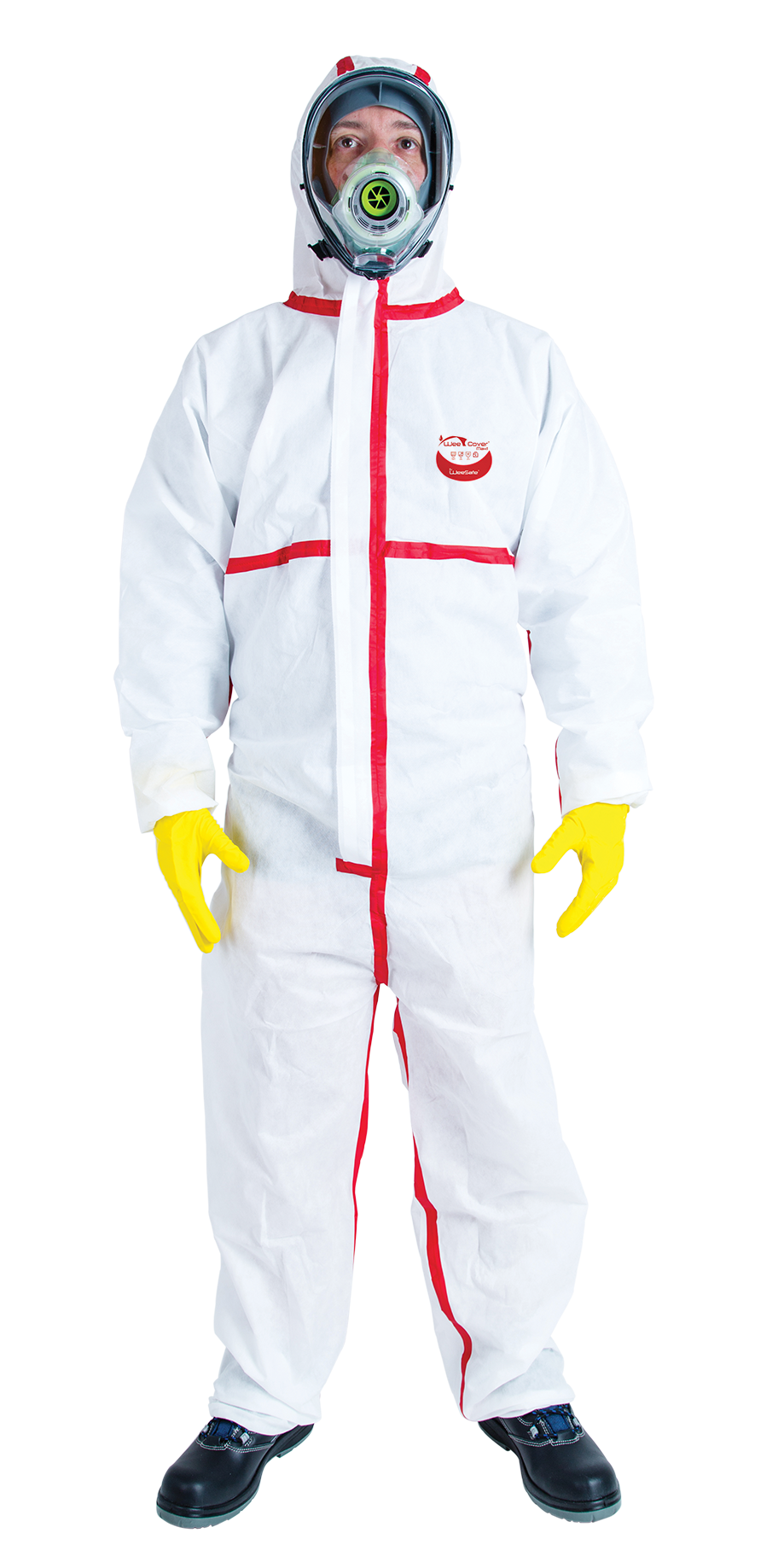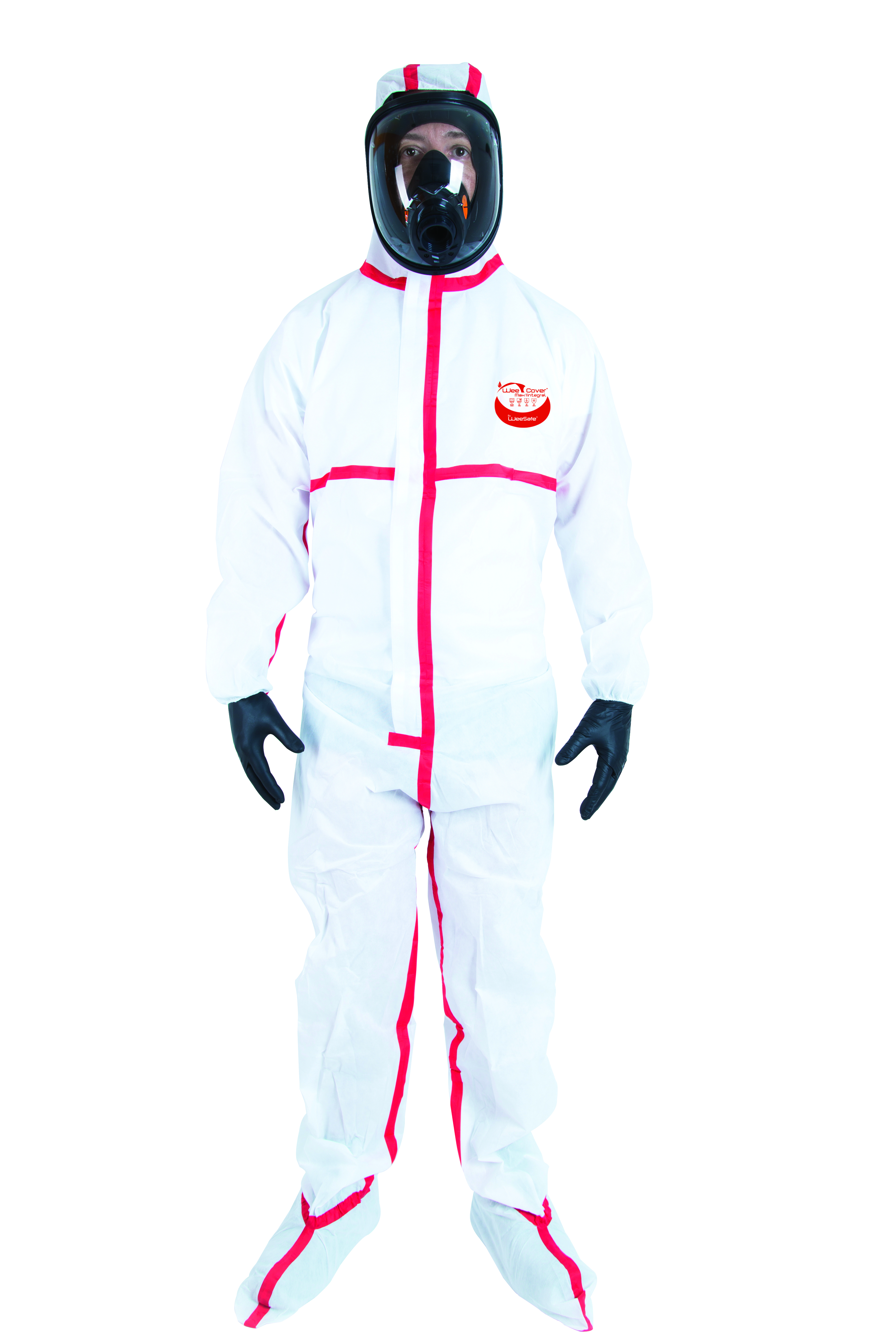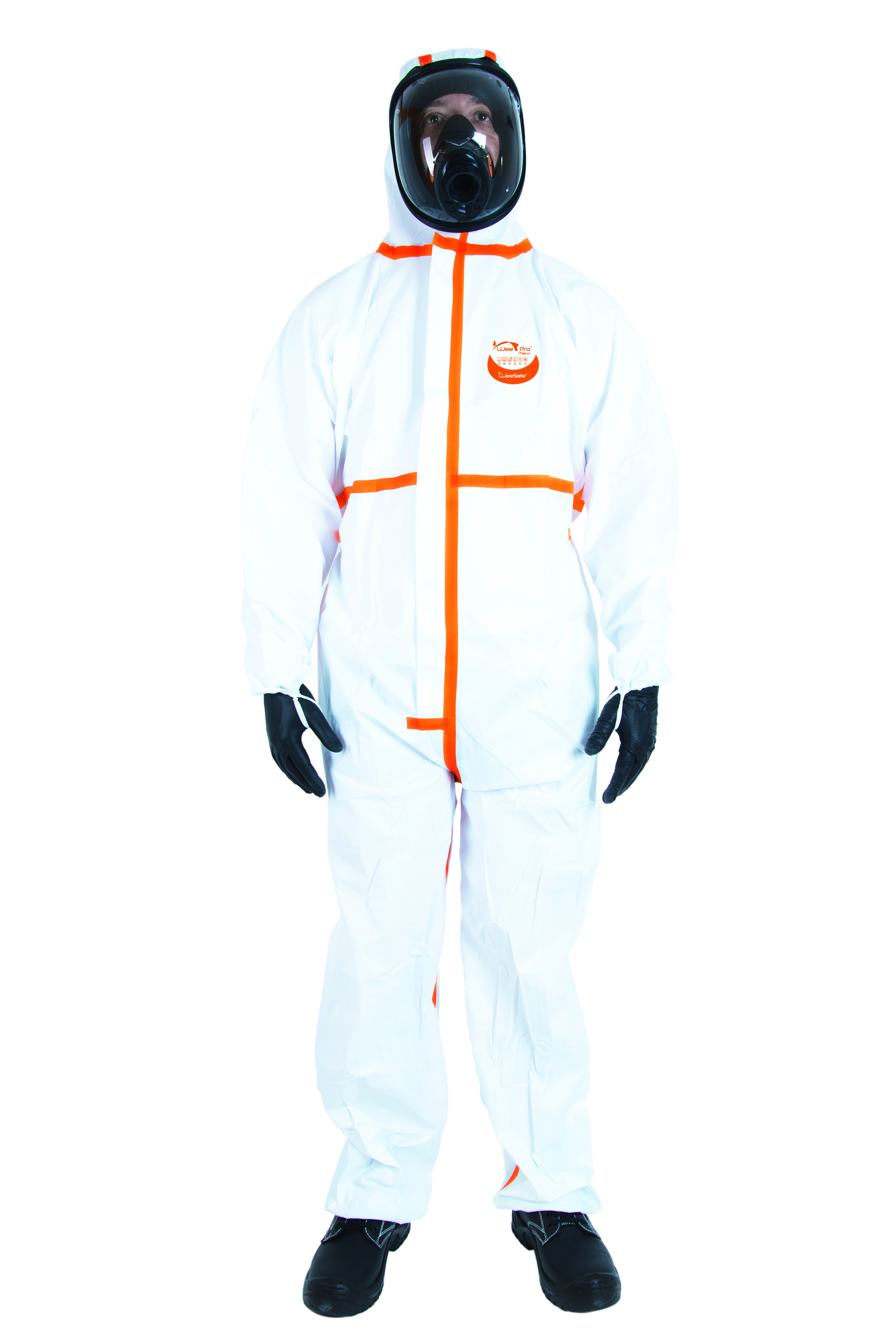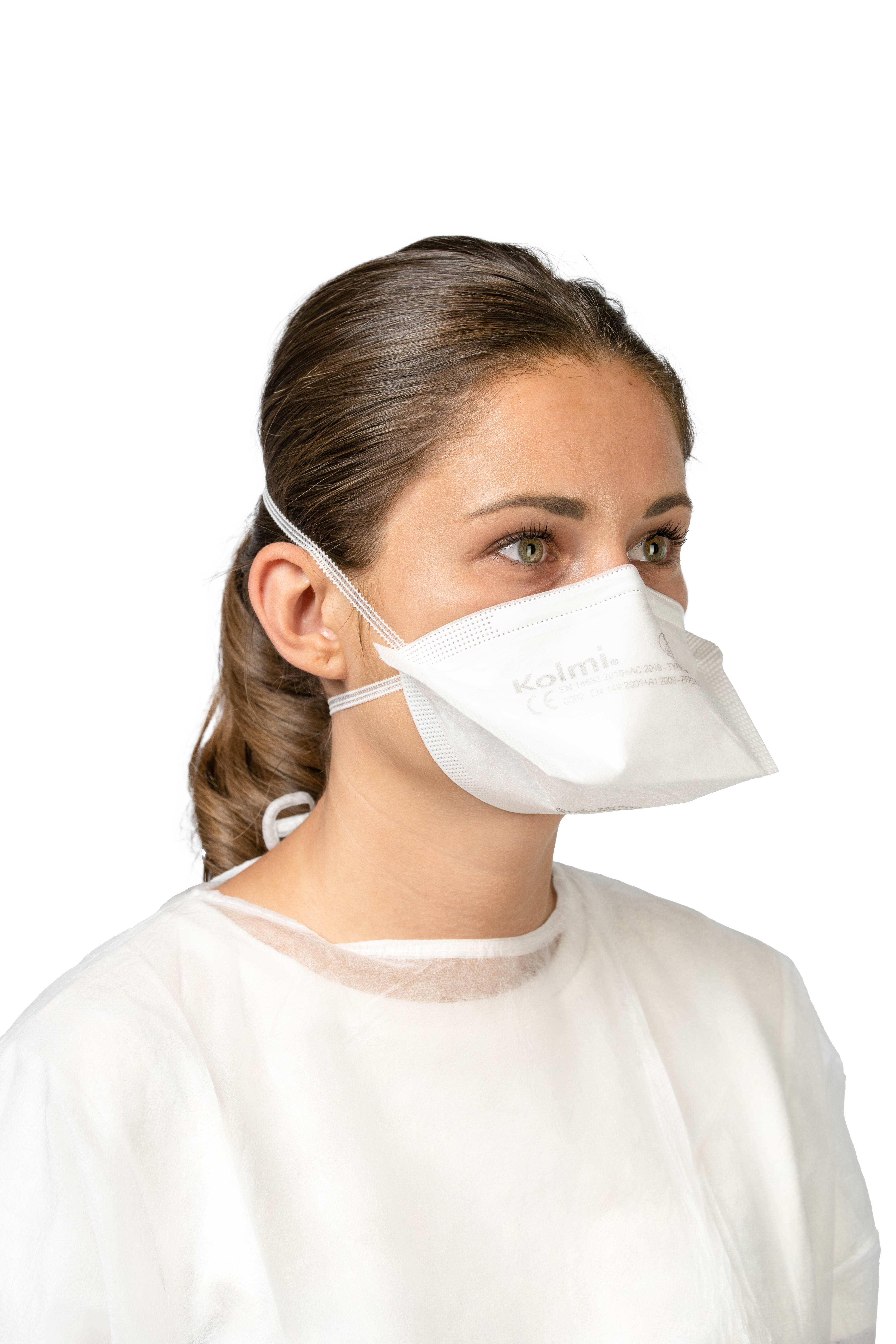What equipment should an asbestos remover choose?
Working in contact with asbestos presents considerable health risks. This is why it is necessary to wear a protective suit and a full face mask or FFP3 when contact with asbestos is of short duration (< 15 min). Standard ISO13982-1 (Type 5 against solid particles) is required for protection against asbestos fibres.
For asbestos removal work, it is therefore essential to use a complete set of personal protective equipment (PPE).
Our PPE to prevent asbestos risks
At Medicom, experts in personal protective equipment (PPE) for many years, we understand the dangers to which workers in contact with asbestos are exposed.
To minimise dust, it is crucial to wear disposable coveralls. Our coveralls are available in a range of sizes to suit all workers on site. They are designed to meet the specific needs of asbestos removal professionals, ensuring their safety and peace of mind.
Medicom guarantees fast delivery of your protective clothing and other essential equipment to ensure a safe worksite.
Discover our range of products for asbestos removal.
Coveralls
Respiratory protection masks
Asbestos kits
How to choose PPE for asbestos removers?
| STEP 1 | Select a tear-resistant material
Most asbestos removal suits are made from SMS, a recognised breathable material. According to the INRS, this material must meet strict mechanical resistance criteria to prevent premature tearing. The mechanical stresses involved in asbestos removal work are extremely intense.
| STEP 2 | Select a material that effectively filters out asbestos particles
Filtering out asbestos particles is a crucial criterion when choosing a protective suit. Do you know the leakage rate of your disposable equipment?
|
Inward leakage tests (in %). L82 / 90. |
Inward leakage tests (in %). TILS8 / 10. |
Average value of all incoming leaks (in %) AVERAGE IL |
|
|
|
A disposable coverall effectively minimises dust during work by providing a complete protective kit. See details of our asbestos kits to choose the best equipment for your needs.
| STEP 3 | Choose a suit with strong seams and a loose fit
Our WeeCover Max1 protective suit offers seam strength to ISO 13935-2: Class 3.
For asbestos removal work, a loose fit is essential for ease of movement. The WeeCover Max 1 suit is generously sized to give operators optimum freedom of movement. Our hoods are designed to allow free flexion of the head without pulling on the fabric.
Which professions are most exposed to asbestos?
Asbestos removal professionals
They are responsible for encapsulating or removing materials containing asbestos. This work requires specialised skills and appropriate protection because of the high level of exposure to asbestos fibres.
Property diagnosticians
They are responsible for detecting and assessing the presence of asbestos in buildings. They carry out meticulous inspections to identify asbestos-contaminated materials and assess potential risks.
Other occupations potentially exposed
-
Lift operators:
They are responsible for maintaining and replacing lift cables or parts, and may therefore be exposed to asbestos present in old components.
-
Earthworkers and miners:
These workers may come into contact with asbestos-containing soil or rock when carrying out earthworks, drilling galleries or mining.
-
Garages:
Mechanics working on brake linings, clutches, starters and alternators may be exposed to asbestos fibres present in these parts.
-
Roadworkers:
Professionals involved in planing road surfaces may come into contact with asbestos present in old layers of bitumen.
What are the main risks associated with asbestos?
Chemical risk
Asbestos fibres, once inhaled, can cause serious illnesses such as:
- Asbestosis: chronic lung disease causing inflammation and fibrosis.
- Lung cancer: increased risk, particularly in smokers.
- Mesothelioma: aggressive cancer of the lining of the lungs, abdomen or heart.
Mechanical risk
Work involving asbestos materials, such as asbestos removal, demolition or renovation, releases dangerous fibres into the air. Routine activities such as handling, maintaining and repairing asbestos materials pose significant risks.





